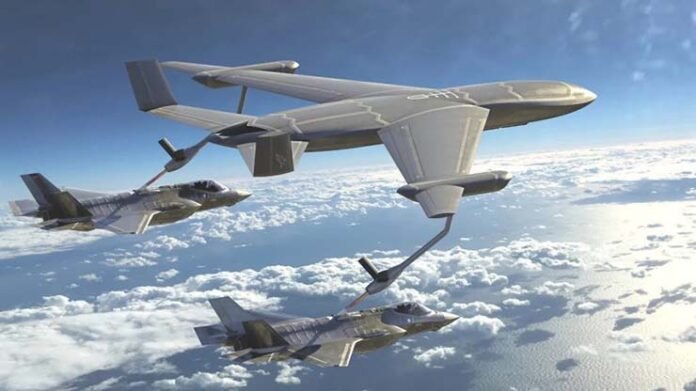Washington: US Air Force Secretary Frank Kendall raised a warning flag on the service’s ability to afford a next-generation refuelling tanker at a mobility conference on November 1.
The Air Force says that tanker — referred to as the Next-Generation Aerial Refuelling System, or NGAS — is necessary to modernise the Air Force’s ability to fight a war against China, along with a sixth-generation fighter known as Next Generation Air Dominance and accompanying drone wingmen known as collaborative combat aircraft, or CCA.
But the service is facing a budget crunch — one that may place its ability to procure all three new systems in doubt, Kendall said at the Airlift/Tanker Association Symposium in Grapevine, Texas. “Right now, given our commitments, our resources and strategic priorities, it’s hard for me to see how we can afford any combination of those new designs,” Kendall said. “What I worry about the most is the adequacy of our resources.”
The Air Force hopes to field NGAS around the mid-2030s, to provide a more defensible way to refuel fighters and other aircraft during a fight with a major adversary such as China. This would be particularly necessary in a war in the Indo-Pacific region, which would require Air Force planes to fly over vast expanses of ocean and need multiple aerial refuellings.
NGAS could have stealth capabilities, and the Air Force has considered a blended wing concept as a possible design. Kendall previously said NGAS would likely have a unique design, not based on an existing commercial aircraft.
But a wave of modernisations — including the acquisition of the B-21 Raider stealth bomber and early work on the LGM-35A Sentinel nuclear missile — is hitting the Air Force concurrently, stretching its resources extremely thin and forcing it to reconsider what is financially realistic.
Tightening budgets and high anticipated costs first threw NGAD’s future in doubt this summer. The service is now in the midst of a four-month review of its air superiority strategy that considers how to change NGAD’s design to bring its costs down, as well as how the future fighter might work in concert with other systems — namely the second iteration of CCAs and NGAS — to control the airspace in conflict zones.
Much has changed since the Pentagon laid the groundwork for NGAD a decade ago, Kendall said, including the potential threats the United States faces, technology, and how the military services plan to jointly fight a war side-by-side and with allies. Those changes are also prompting the Air Force to take another look at what the best strategy might be for a future refuelling tanker.
Raksha Anirveda's editorial desk team brings in the collective experience of creative professionals - a fine mix of senior copy editors, writers, proofreaders and designers. Working as a team, they continuously create, manage, and curate content to sustain the magazine's profile and reputation in line with market trends and achieve magazine's goal.





